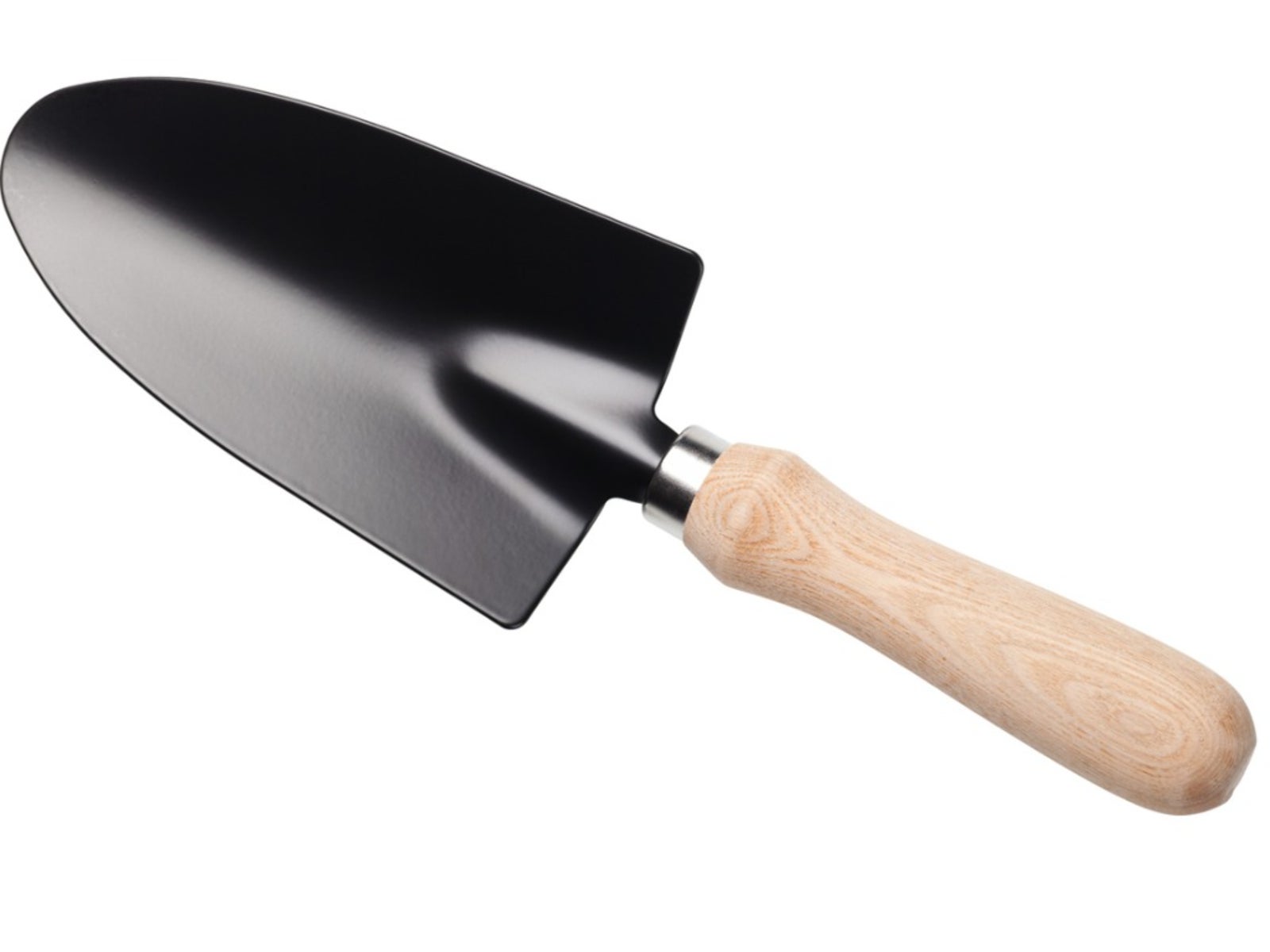Garden Trowel Types - Are There Different Kinds Of Trowel


Seasoned gardeners know the importance of having the right tools. Depending upon the task, the use of the correct implement makes many garden chores easier and/or even more enjoyable. Becoming better familiar with the wide range of tools available is one way for novice growers to begin working smarter, not harder. Learning about the different kinds of trowel used in the garden is a good place to start.
Types of Trowels
In general, a trowel refers to any small handheld tool with a specialized blade. Most gardeners are already familiar with traditional garden trowels, which are used for digging. However, several other kinds of trowel do exist for use in the garden, each with uniquely shaped parts that help us efficiently perform various tasks. Though you may not feel a need for the addition of these more specialized tools, strong well-constructed trowels can prove to be an invaluable asset over the span of their use in the garden. With so much information available, it’s easy to understand why you might ask, “What trowel should I use?”
What Trowel Should I Use?
Dixter - Dixter trowels are long and narrow, with a blunt end. These trowels work well for weed removal. They can also be used to carefully remove seedlings from seed starting trays or to separate seedlings at transplant time.
Potting - Similar to other garden trowel types in shape, these tools feature higher sides. This cup-like shape lets you easily scoop and move soil, compost, and/or other amendments.
Traditional - Among the most common types of the trowel, these tools are ideal for digging holes in containers, raised beds, and even slightly compacted garden soil.
Transplanting - Like the traditional kinds of trowels, transplanting trowels are used for digging. The longer, narrower blade allows you to easily introduce transplants into the growing space.
Weeding - As the name would imply, this type of trowel is used for removing weeds. The narrow blade with a forked tip, allows you to easily maneuver around plants. Its added length allows for the removal of deeply rooted weed species.
Sign up for the Gardening Know How newsletter today and receive a free copy of our e-book "How to Grow Delicious Tomatoes".

Tonya Barnett has been gardening for 13 years. Flowers are her passion. She has transformed her backyard into a cut flower garden, which she regularly chronicles on her YouTube channel http://www.youtube.com/@tonyawiththeflowers.